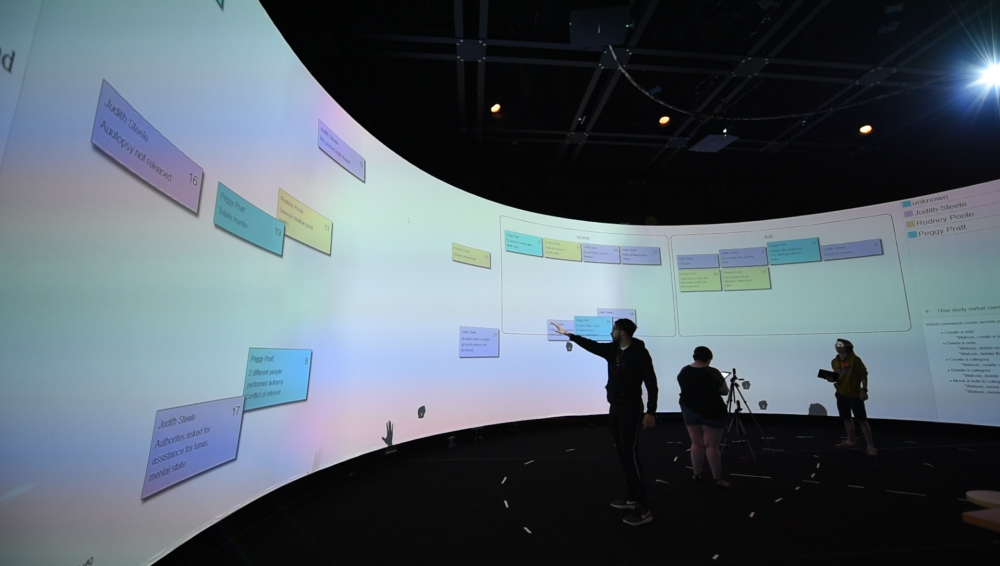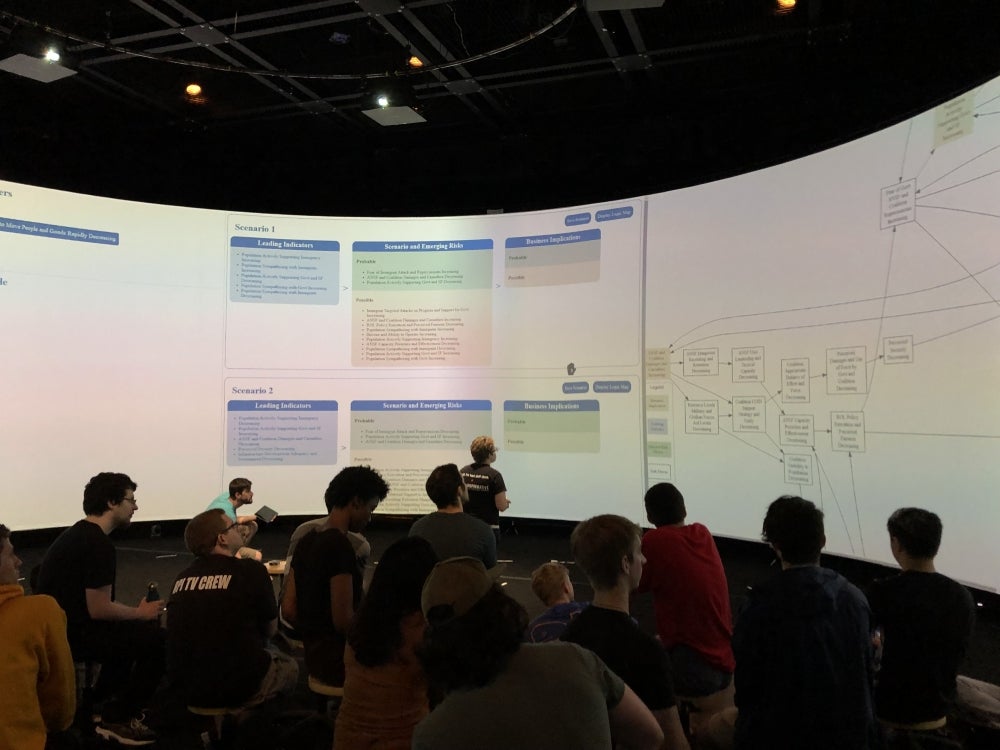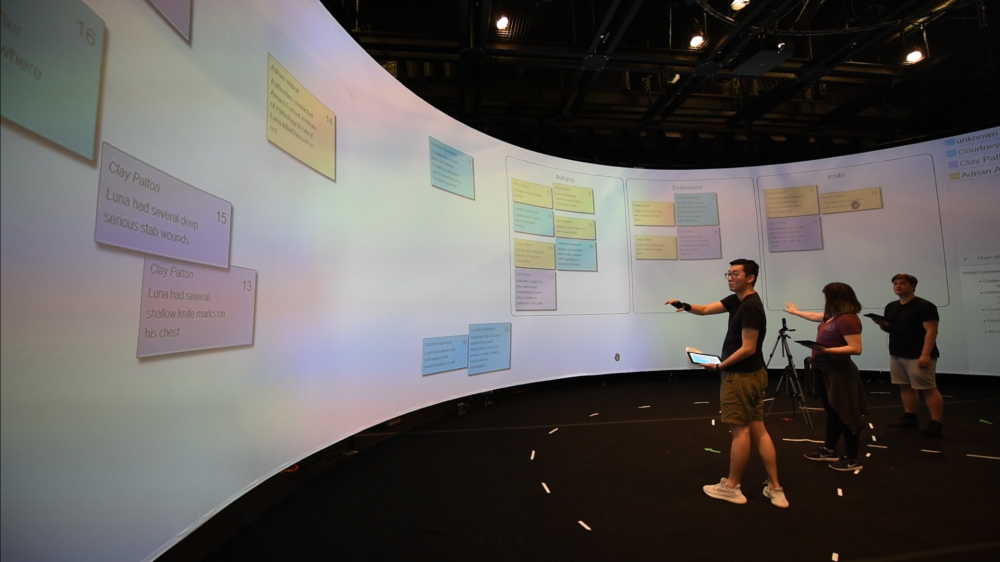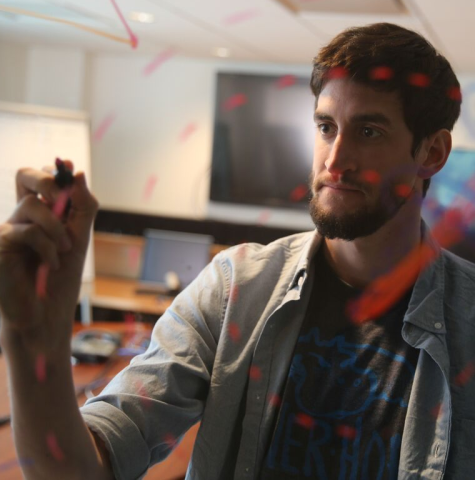
Project Description
CISL is designing a multi modal, multi-user, collaborative decision aid for intelligence analysis. The problem we're addressing is that of all the intelligence analysis tools
The digital brainstorming tool is a digital tool that is based on the pen and paper version of the structured analytic technique used by intelligence analysts, as described by Beebe and Pherson1.

The instance of the Scenario Planning Advisor (SPA) tool developed between CISL and IBM has been modified to assist the sensemaking process in intelligence analysis, allowing users to search for new information and consult their own cognitive schema. The SPA tool includes cause-effect relationship models that are developed from insights from domain experts knowledge, and

CISL is currently working to support the integration of the digital brainstorming tool and the SPA tool.

Contact: Shannon Briggs, PhD candidate in Communication and Media, Graduate Research Assistant for CISL briggs3@rpi.edu
Reference:
1. Beebe, Sarah Miller, and Randolph H. Pherson. Cases in intelligence analysis: Structured analytic techniques in action. CQ Press, 2014.
Approach
Digital Brainstorming Tool:
The digital brainstorming tool is a digital tool that is based on the pen and paper version of the structured analytic technique used by intelligence analysts, as described by Beebe and Pherson1. The digital tool is displayed via five projectors onto a 360-degree panoramic screen in the Cognitive and Immersive Room. The digital brainstorming tool allows viewers to generate digital sticky notes, and users can interact with the system through gesture technology using Kinect® cameras to capture body frame and gestures, and through verbal commands to the Watson system using lapel mics. This system allows user to interact with the digital tool in a manner that mimics the analog interactions that are found in the structured analytic tool, and provides a more immersive experience. The digital brainstorming tool has two major components, the global view and the personal view. The global view is projected onto the panoramic screens in the immersive environment, allowing users to discuss with each other and interact with the system; the personal view is accessed through any personal device that is equipped with a web browser.

Scenario Planning Advisor (SPA):
SPA is a tool developed by IBM and modified in conjunction with the CISL labs for development in an intelligence analysis use case. The SPA tool was initially developed for use for economic and business analysts, and was designed to offer foresight of, and insight into, emerging business risks. The instance of the SPA tool developed between CISL and IBM has been modified to assist the sensemaking process in intelligence analysis, allowing users to search for new information and consult their own cognitive schema. The SPA tool includes cause-effect relationship models that are developed from insights from domain experts knowledge, and
To learn more about the SPA tool being developed by IBM Research see here.
Reference:
1. Beebe, Sarah Miller, and Randolph H. Pherson. Cases in intelligence analysis: Structured analytic techniques in action. CQ Press, 2014.
Faculty

Research Staff




Students

